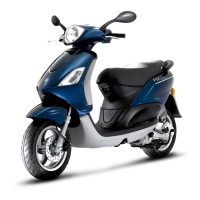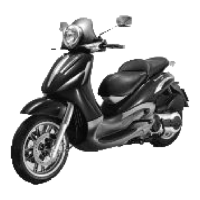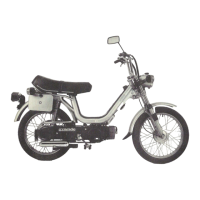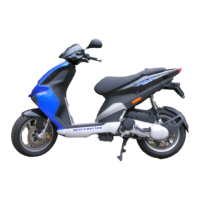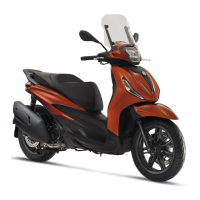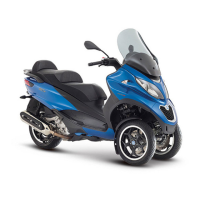
 Loading...
Loading...
Do you have a question about the PIAGGIO X10 350ie Executive and is the answer not in the manual?
| Brand | PIAGGIO |
|---|---|
| Model | X10 350ie Executive |
| Category | Motorcycle |
| Language | English |
Operation of the ignition key switch, including its different positions and steering lock mechanism.
How to operate essential controls like turn signals, horn, and lights.
Procedures for safely starting and stopping the vehicle's engine.
Information on advanced safety features like ABS and ASR.
Explanation of the Anti-lock Braking System (ABS) and its operation.
Details on the Acceleration Slip Regulation (ASR) system and its function.
How the electronic immobilizer protects against theft.
Finding and understanding the chassis and engine identification numbers for registration.
Essential checks before riding and procedures for refuelling the vehicle.
Maintaining correct tyre pressure and adjusting shock absorber preload.
Procedures for breaking in a new vehicle and starting the engine.
Procedures for stopping the engine, parking, and driving safely.
Tips and precautions for safe riding practices, including braking and handling.
Procedures for checking, topping up, and changing engine oil.
Checking and maintaining engine coolant and brake fluid levels.
Inspecting brakes, mirrors, and handling tire punctures.
A detailed table outlining recommended maintenance intervals and checks for the vehicle.


